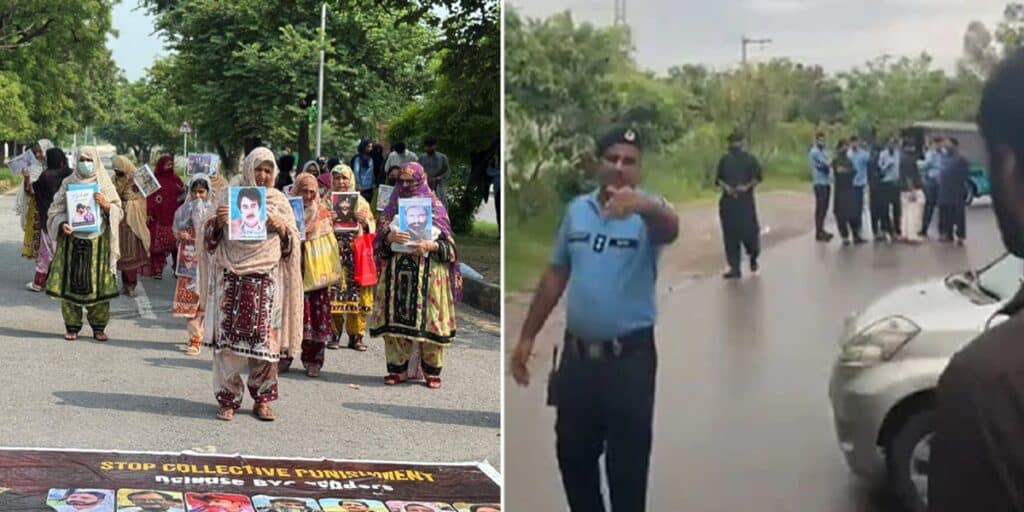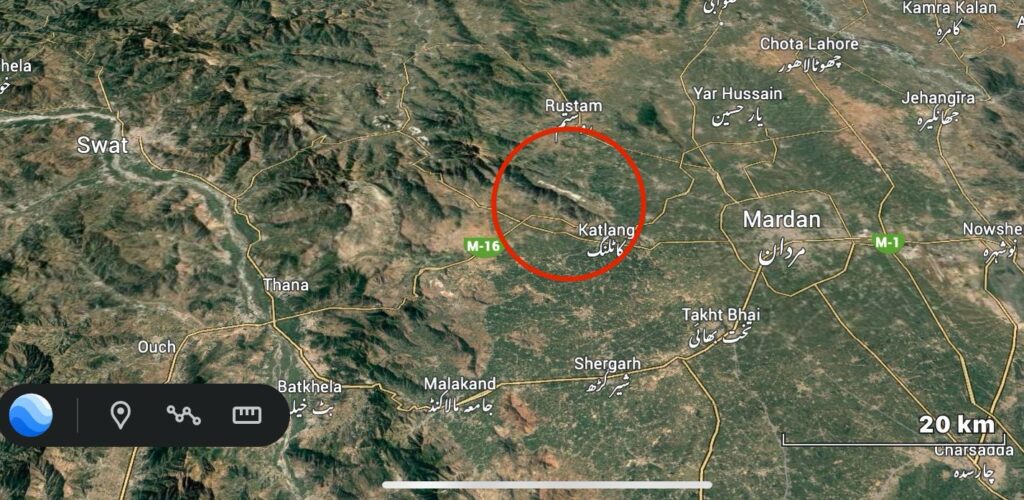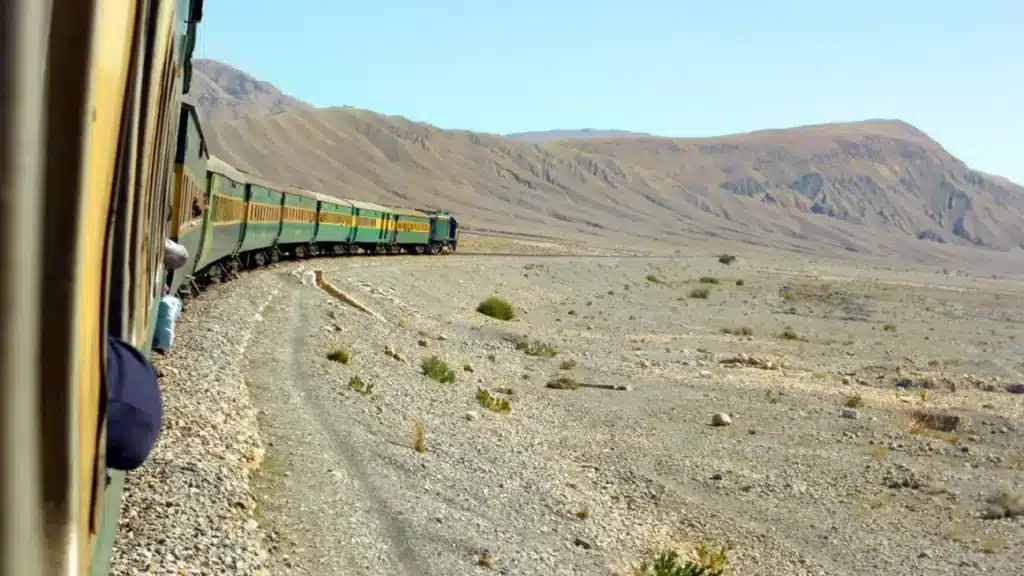ISLAMABAD: What began as a fiery sit-in by the Baloch Yakjehti Committee (BYC) in the heart of Islamabad gradually lost steam. By the twelfth day, with dwindling crowds and fading media attention, organizers made a last-ditch effort to revive interest by bringing in a group of masked young men. A few viral videos emerged, some cameras captured the scene, but the stunt failed to generate the desired momentum.
fizzled out just as quickly. By the twelfth day, as the protest venue began to empty, organizers made a desperate attempt to revive media attention—this time by calling in masked youth. A few carefully staged videos circulated online, some cameras were spotted, but the anticipated momentum never materialized.
Police began tracking the masked individuals’ movements, which led them directly to the hostels of Quaid-e-Azam University (QAU). From there, the story took a sharp turn.
The university had earlier announced a semester break from July 9 to August 31, with clear instructions for all students to vacate the hostels for renovation and maintenance. However, several ethnic student councils defied the orders and continued to occupy the premises. Moreover, they allegedly provided shelter to individuals who weren’t even enrolled at the university.
Following a complaint from the QAU administration, police conducted an early morning raid on July 29 and detained between 55 to 60 individuals from hostels 6, 8, 9, and 11. According to human rights lawyer and BLA defender Imaan Mazari, the number of detainees exceeded 70.
Investigations revealed that several of the illegally residing students were responsible for handling the logistics of the BYC sit-in. Security sources claimed that some of them had formed the masked group in a bid to reignite attention toward the fading protest. Further examination of seized mobile phones exposed chat groups and directives linked to the Balochistan Liberation Army’s (BLA) media wing, establishing a connection between the BYC, the BLA, and a covert extremist network embedded within the university.
The masked appearance did little to salvage the protest’s momentum. Instead, timely police action and the dismantling of the hostel-based network dealt a severe blow to BYC’s campaign. According to Dawn, protesters were already dispersing due to increased ID checks and roadblocks, and the sit-in had begun to lose relevance.
Despite legal battles and online campaigns, the protest failed to maintain its earlier intensity. BYC’s leadership now finds itself at a strategic crossroads.
The incident underscores how university campuses—meant for academic growth—can become breeding grounds for radical and proxy activities. The political mobilization of BYC, alleged support from the BLA, and legal/media backing from figures like Imaan Mazari reflect a hybrid model designed to challenge the state narrative. Yet, as this episode shows, once state institutions take decisive action, the truth behind the masks cannot remain hidden for long.
From hostel raids to the arrest of masked operatives, every step in this saga flipped the protest narrative, proving that social disruption and media optics cannot override facts on the ground.





